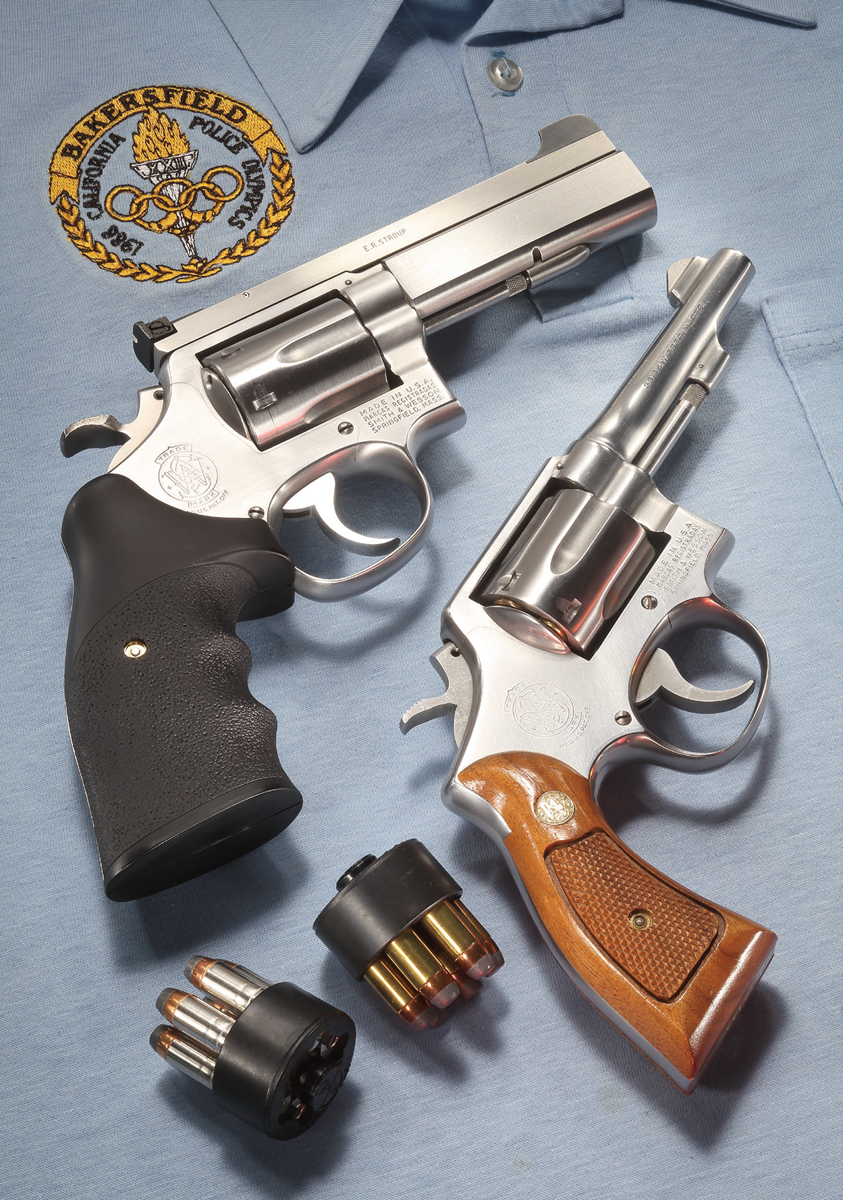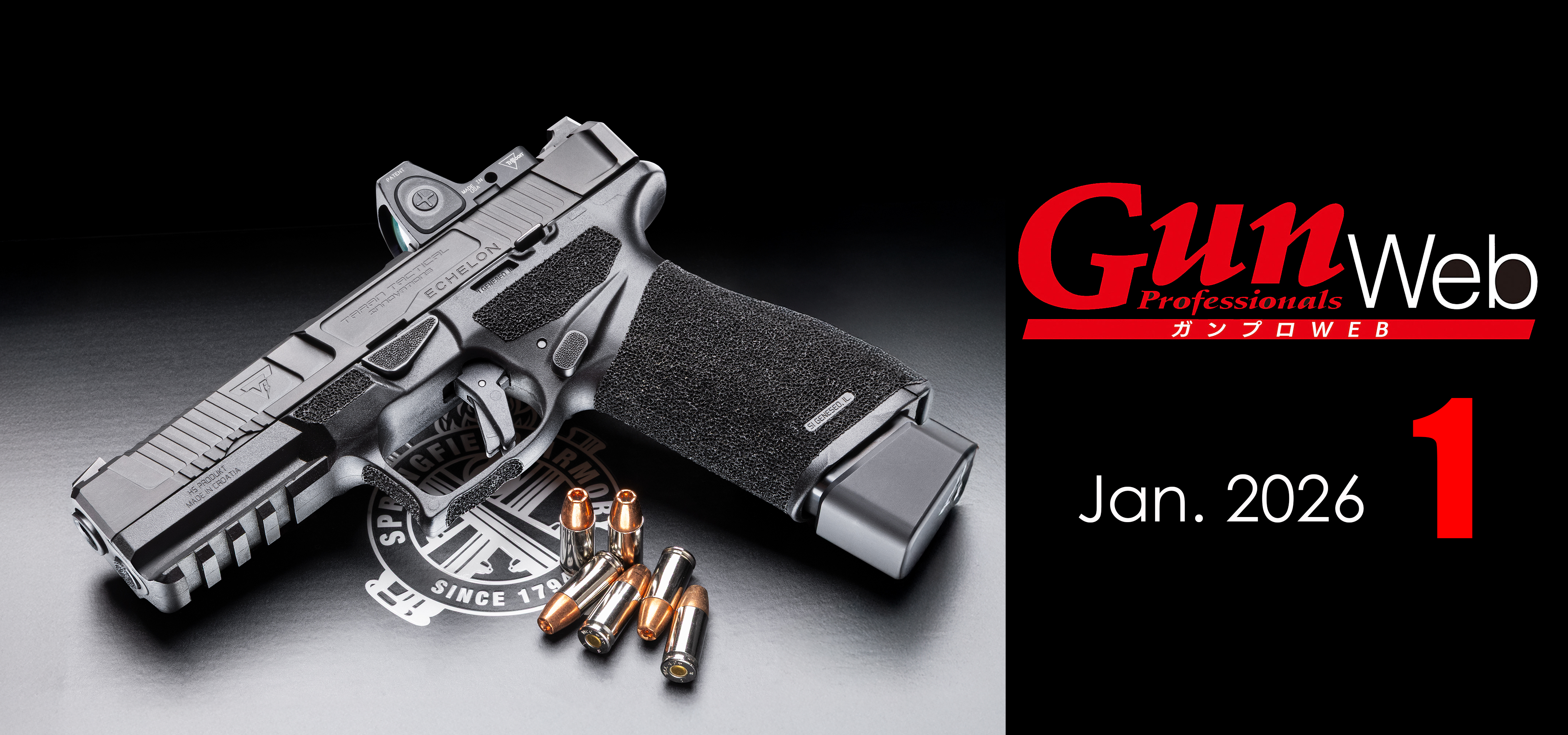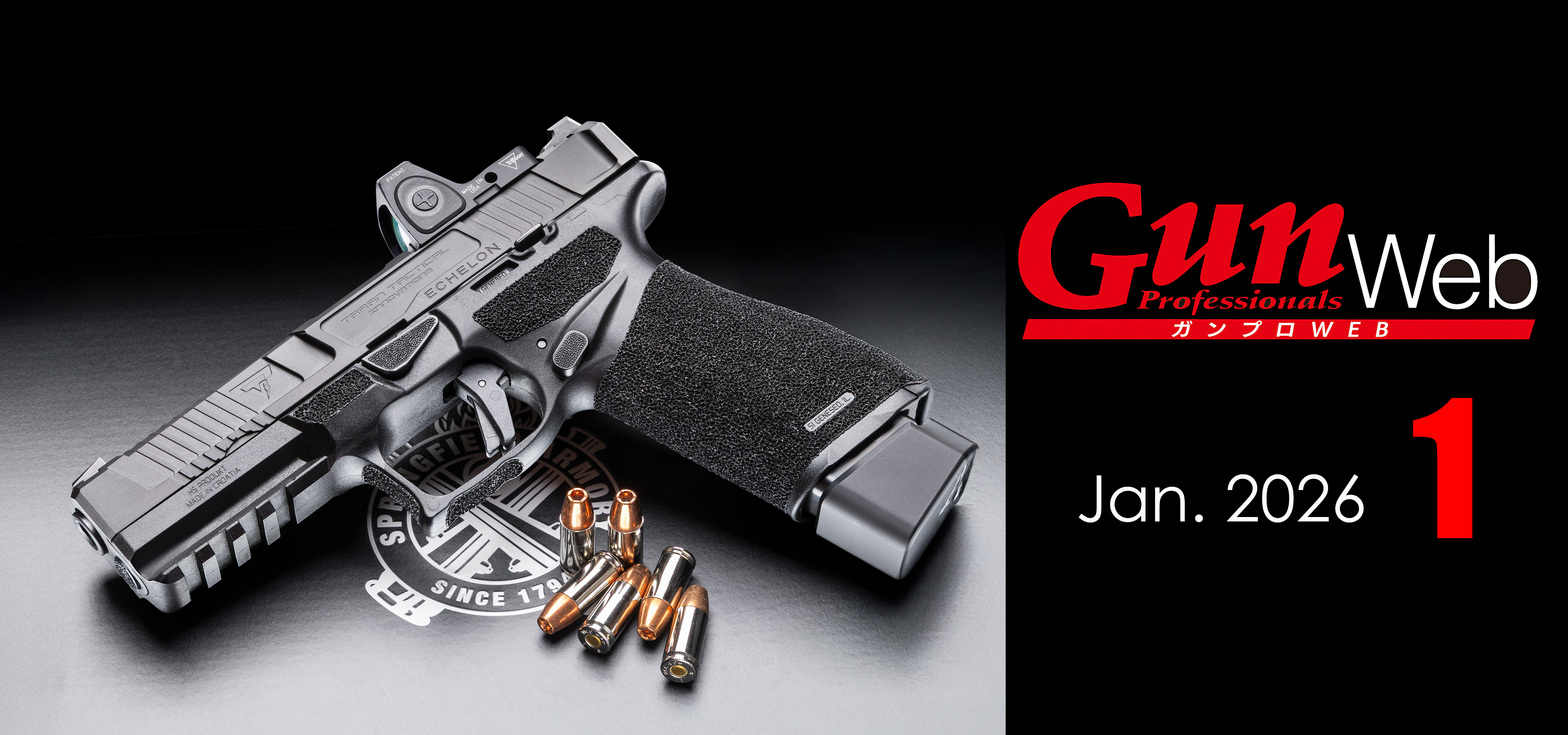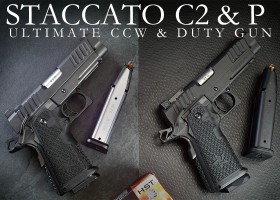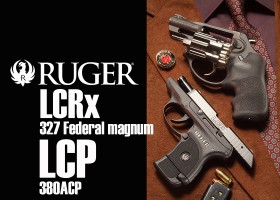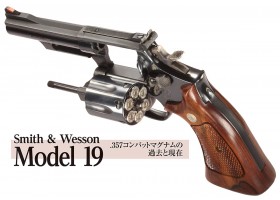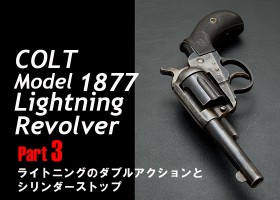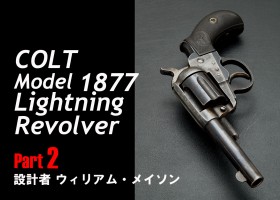2025/08/19
Model 65 E.R.STROUP【English article】
Carry-oriented PPC custom
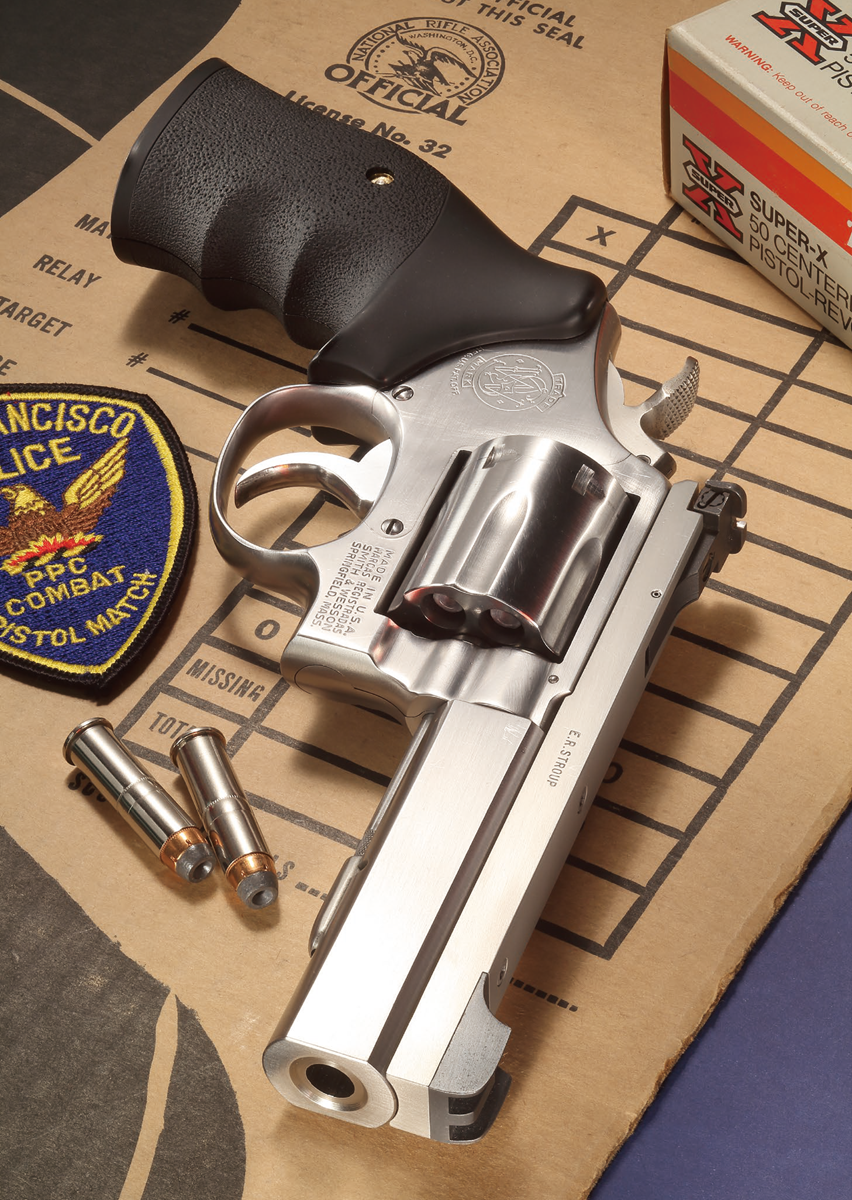
※This article is an automatic translation of an article written in Japanese.※
Published in Gun Professionals, January 2022
A K-frame PPC custom revolver is being made into a model gun—and it’s E.R. Stroup’s 4-inch model, no less. It’s a limited-edition model to commemorate the 400th issue of Arms Magazine. For younger readers unfamiliar with this model, let me introduce you to the stunning Stroup custom. In the 1980s, this was arguably the coolest, most practical revolver out there.
Stroup Custom
At the end of June, I received an email from Deputy Editor Matsuo at the editorial department: “As part of the 400th issue celebration for Arms Magazine (October 2021), we discussed releasing something special. I suggested a Stroup custom PPC revolver, and Tanaka agreed to produce it as a model gun.” This caught me a bit off guard.
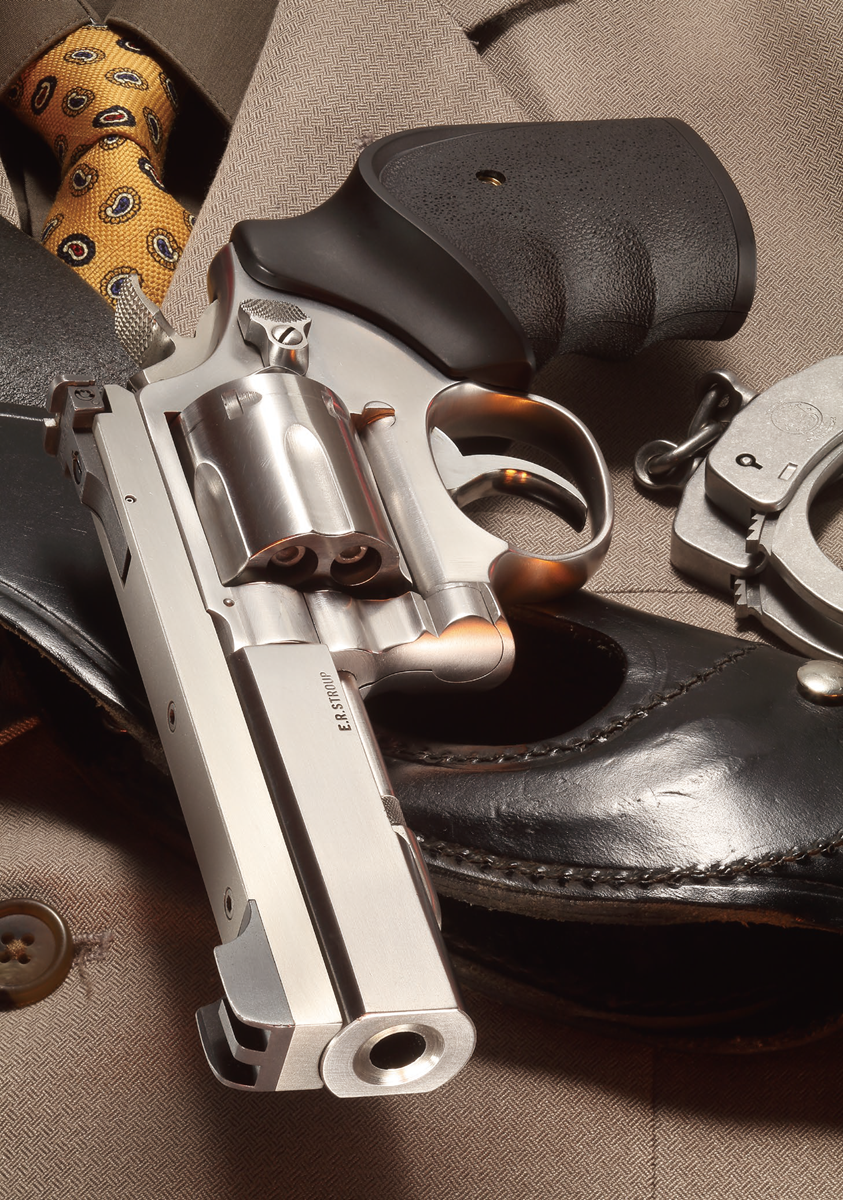
Among PPC revolvers, they didn’t choose a major name like Davis, Rone Power, or Clark, but specifically Stroup. And not the 6-inch version, but—shockingly—a 4-inch model.
Older readers might recall Ichiro Nagata’s article in the December 1980 issue of Gun magazine. The Stroup custom was a PPC revolver he special-ordered, designed not just for PPC competition but for real-world combat use.
It’s incredibly nostalgic—41 years ago, to be exact. Back then, that gun inspired many readers, myself included. However, younger readers probably won’t immediately grasp what “PPC” means.
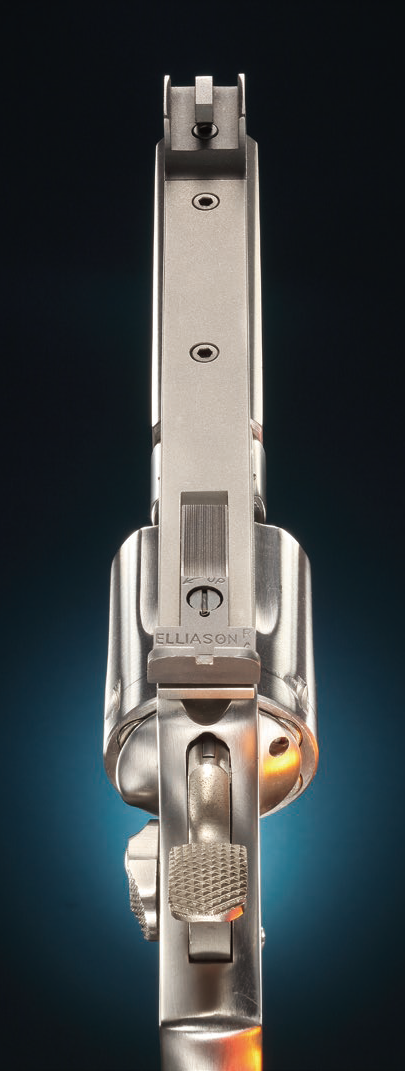
PPC stands for a police shooting training course that was once popular across the U.S., known as Police Practical Combat, Practical Pistol Course, Police Practical Course, or Police Pistol Combat. Originating from a course developed by the FBI in 1949, it was formalized in the late 1950s by a university in Indiana as part of its law enforcement curriculum. Unlike traditional bullseye-focused training, it varied distances and shooting positions, incorporated time limits and reloads, and included weak-hand shooting, targeting an elliptical 10-point ring (6 inches tall by 4 inches wide) from up to 50 yards. The first PPC match took place in 1959 at that Indiana university, and it was soon recognized by the NRA, spreading nationwide.
Due to the nature of the competition, the guns tended to become increasingly heavy and bulky. To manage recoil, they featured thick heavy barrels, hefty ribs, and oversized front and rear sights. This made them somewhat hard to call “practical.” Carrying such a gun as a duty weapon around the clock was understandably cumbersome, giving off a slight sense of missing the mark.
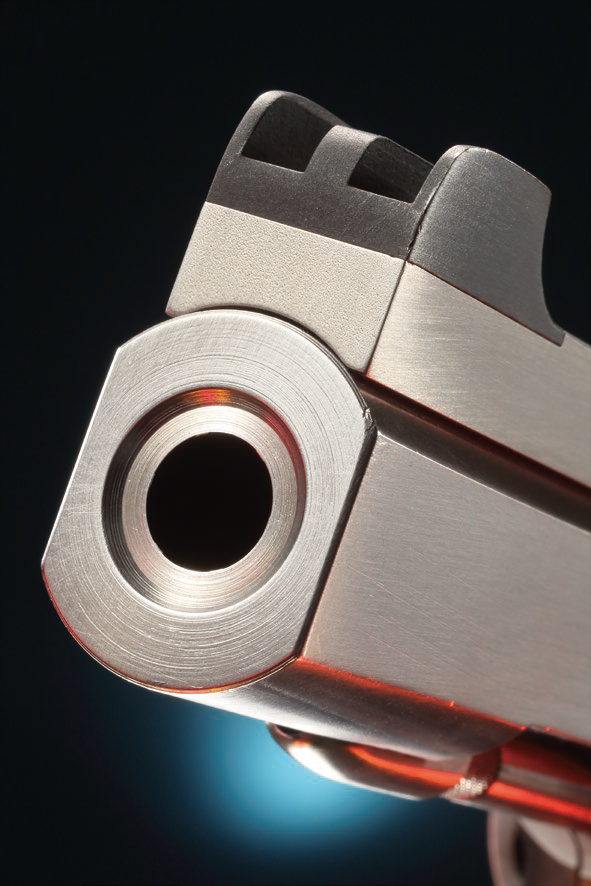
Nagata focused on this issue, envisioning scenarios where, as a police officer, he might face a suspect at a distance or with a hostage involved. He prioritized a design that balanced performance with portability.
Specifically, he streamlined the rib and barrel, kept the front and rear sights compact for a lighter and more portable build, maintained a strong stock spring to ensure reliable ignition with any commercial primer, and—unlike the popular dehorned hammers—opted for a wide-spur hammer to increase inertial weight. He brought these ideas to E.R. Stroup, a renowned gunsmith in the San Francisco Bay Area at the time, resulting in the creation of the “Grandmaster” custom.
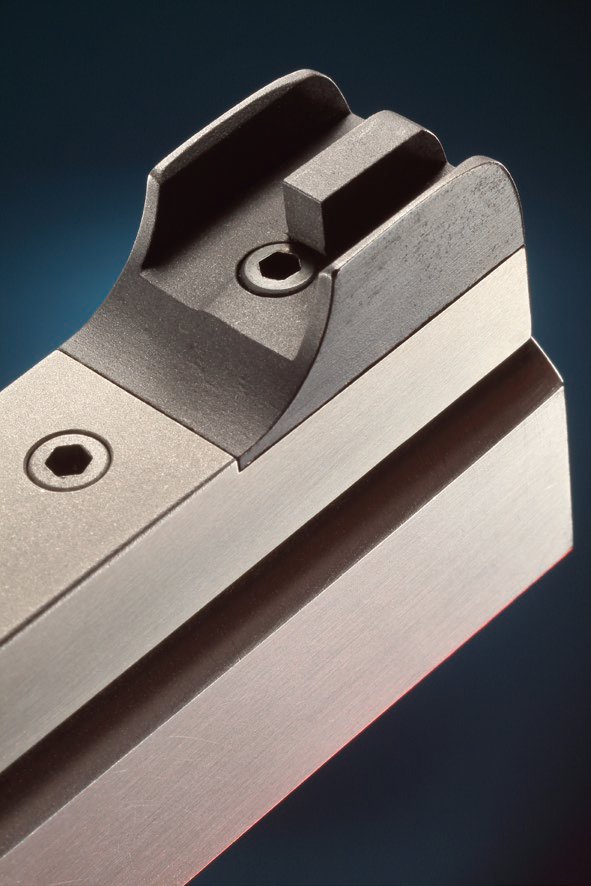
Here’s the thing: I had assumed Nagata’s custom was a one-off 6-inch barrel model. But in 2006, while living in California, I stumbled upon two used ones at a gun shop in Castro Valley—one 6-inch and, shockingly, one 4-inch.
I was floored. Something I thought didn’t exist was there—and one was a 4-inch model!
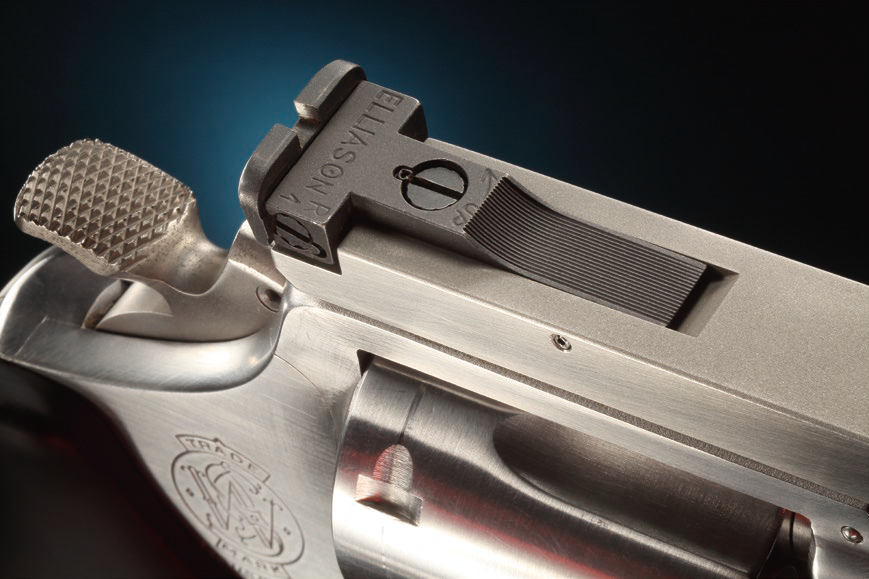
I agonized over which to choose. Each was priced at $900, and buying both was out of the question. The 6-inch was the more popular choice, but the 4-inch had an irresistible novelty and charm. In a word, it was the “PPC Python 4-inch from Seibu Keisatsu Part II.”
The PPC custom Python, carried by Hiroshi Tachi as Detective Hatomura in a black AGH shoulder holster, was insanely cool with its 4-inch slab barrel. When it aired in 1982, the idea of a “4-inch PPC? And Python-based?” seemed almost absurdly far-fetched, yet it was so undeniably cool that it sparked a surge of popularity.
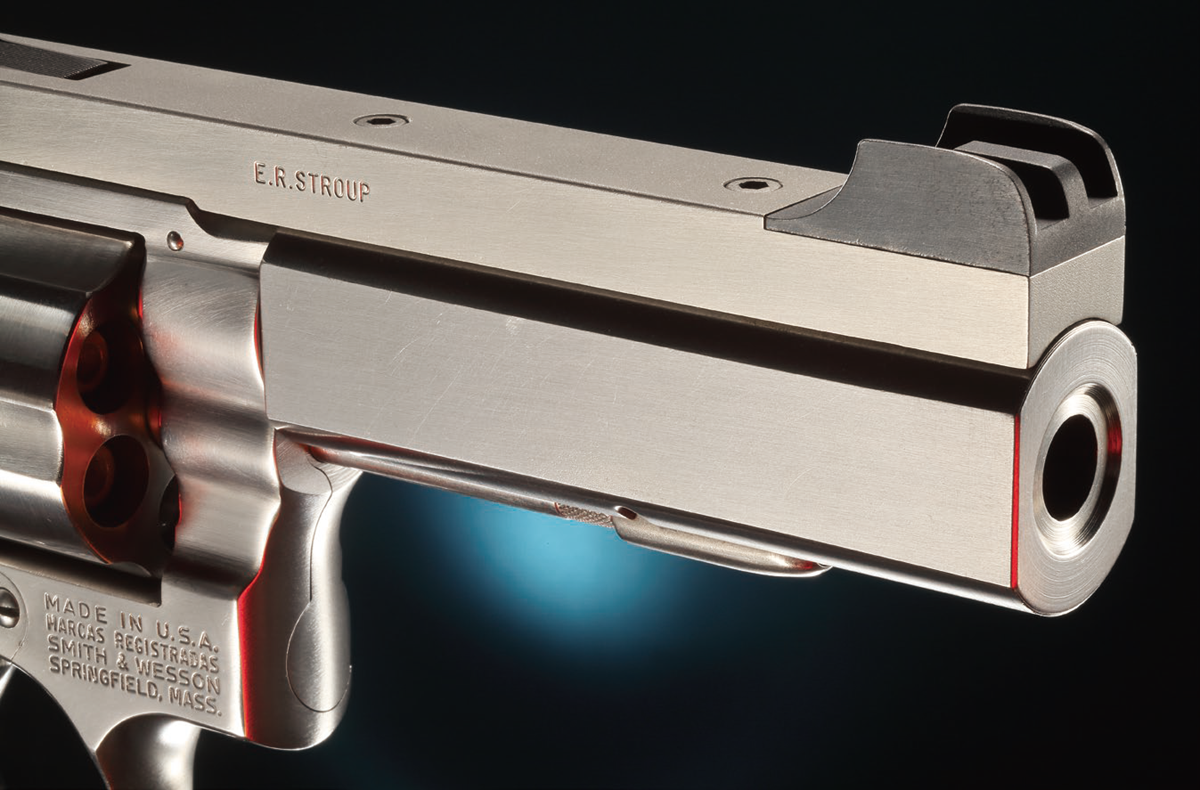
For me, the realization that “even if it’s not a Python, a short PPC custom actually exists!” was overwhelming, and I decided to buy the 4-inch model.
It soon came to light that both guns were brought to the shop by a Japanese individual, who was the second owner and had acquired them from a Japanese gunsmith. Unfortunately, the trail of information ended there. The original owner, possessing two of these, must have been quite the enthusiast. Man, I should’ve dug deeper to uncover the full story.
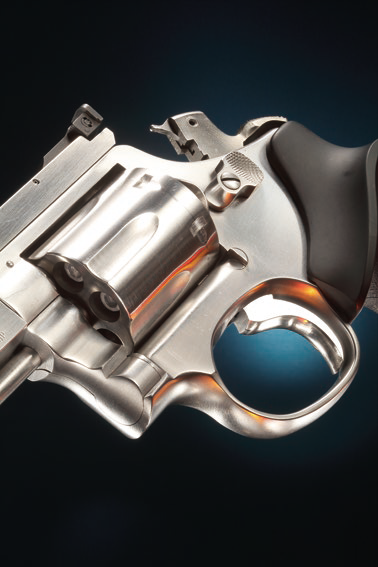
Regardless, the taste and appeal of this custom are undeniable, so Stroup likely took a liking to it and added it to his lineup. I never met Stroup myself, but I recall seeing his family selling shop items (his estate) at a San Francisco gun show in the mid-1990s. I also once owned a mid-range 1911 he customized for .38 Special wadcutter rounds. Selling it due to financial troubles is one of my biggest regrets—nowadays, even a magazine for it goes for over $100.
